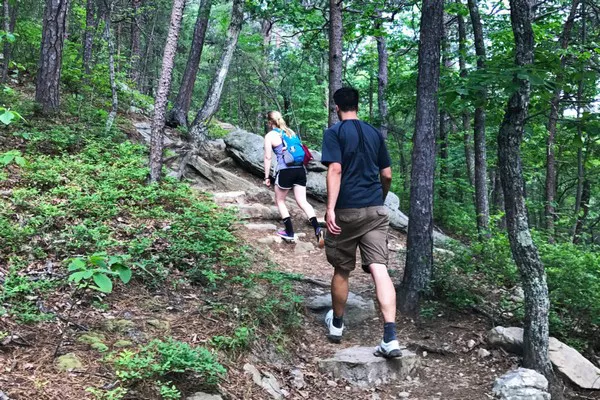Starting from Ilanz Bahnhof on the Rhaetian Railway, travelers can catch a post bus that ascends to Vrin, situated at 1447 meters above sea level, where the hiking adventure commences. The trail initially winds through the villages of Cons and S. Giusep along a lightly trafficked road, transitioning onto gravel paths and trails beyond the tree line towards Alp Diesrut (1945 meters). Here, amidst verdant alpine meadows, hikers ascend to the Greina Plateau through the Pass Diesrut at 2428 meters, a journey taking approximately 5 hours.
Descending into a vast, starkly beautiful valley 200 meters below, the Greina Plateau spans six kilometers, characterized by its pristine, untouched wilderness. Crisscrossed by the meandering Rein da Sumvitg river, which eventually joins the Vorderrhein, the plateau boasts minimal human impact save for occasional trails and signage.
Recognized for its exceptional natural and scenic value, the Greina Plateau was included in Switzerland’s Federal Inventory of Landscapes and Natural Monuments of National Significance in 1996.
Preservation Efforts and Challenges
Despite its protected status, the Greina faced potential threats over the years. Originally earmarked for dam construction, environmental organizations vehemently opposed the plan, leading to its designation as a protected area. In 1991, plans for an 80-meter-high dam were shelved following widespread local and national protests. Instead, compensation measures were instituted for affected communities that had anticipated hydroelectric benefits.
Popular among hikers, particularly during the summer snowmelt in July, the valley sees numerous visitors exploring routes like Passo della Greina and Crap la Crusch, marking the boundaries to Ticino. Five nearby huts offer convenient bases for exploring the surrounding trails and natural wonders.
The proposed multi-stage hiking itinerary, detailed in accompanying photos, extends from the Greina Plateau to Lago di Luzzone, traversing Val di Carassino and Passo del Laghetto before concluding in Malvaglia, Ticino.

